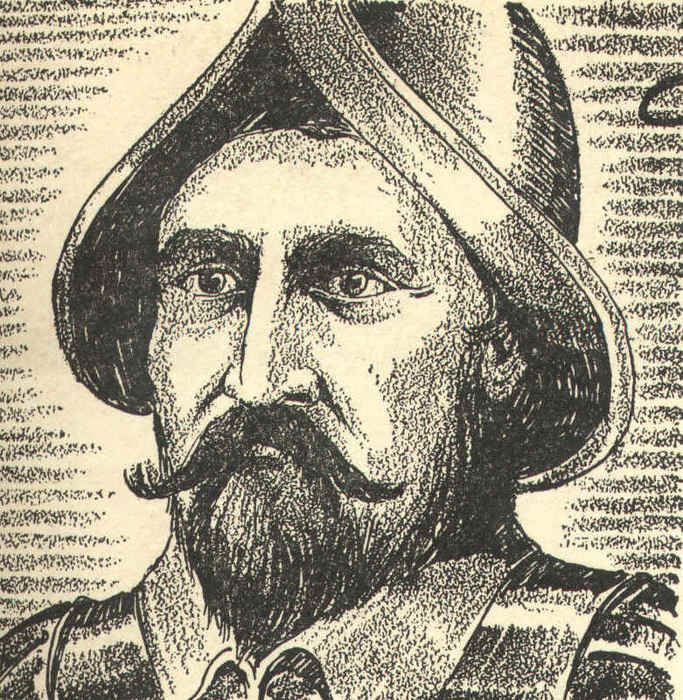Nationality Castillan | Occupation Explorer Name Andres de | |
Andrés Dorantes de Carranza (ca. 1500 – 1550), was an early Spanish explorer in the Americas. He was one of the four last survivors of the Narváez expedition, along with Alvar Nuñez Cabeza de Vaca, Dorantes' slave Estevanico, and Alonso del Castillo Maldonado. They were the first non-native people to travel in the Southwest region of the modern United States.
Contents
Biography
Dorantes was born in Béjar del Castañar, Salamanca (or possibly in Gibraleon), Spain, ca. 1500. His father was Pablo Dorantes and he was raised in a poor hidalgo family. His family was of an ancient lineage and had mayorazgos of quality. Carranza traveled to the Americas to enrich himself under Captain Pánfilo de Narváez. When the expedition was organized, he and Castillo Maldonado got a boat under his command.

Thus, Dorantes and Estevanico traveled to Florida in 1527. In April 1528, the expeditionary group survived a hurricane near Cuba and arrived on the western shore of Florida, in an area near present-day Tampa Bay. They claimed the newly discovered land for the Castilian Crown. However, several hurricanes and fights with the Native American locals caused the death of many expedition members. In addition, after leaving Florida, with fewer men on board (for the reasons before mentioned), three of the vessels sank during the travels to Mexico, leaving only two afloat, with about 80 men. The vessels landed at the coast of Galveston Island, Texas. In this place, however, their troubles continued: the harsh winter and lack of food caused the death of most of the expedition's members, with only 15 men surviving, including Dorantes, Castillo, Estevanico, and Cabeza de Vaca. In the spring, the men traveled along the Colorado River, walking through the deserts of modern Mexico, New Mexico, and Texas.
In March 1536, after wandering throughout Texas (much of the time spent in captivity by various Native American tribes) the survivors crossed the Mexican states of Chihuahua and Sinaloa, reaching the city of Culiacán, where they connected with other Spanish people.
When New Galicia's governor Nuño de Guzmán heard news about the Spanish castaways who had reached land under their jurisdiction, he gave them horses and clothing and sent them to Mexico City to surrender accounts to the Viceroy of New Spain, Antonio de Mendoza.
Mendoza offered Dorantes a position leading a new expedition, but Dorantes refused and instead made plans to return to Spain. Dorantes sold Estevanico to the Viceroy. However, when he was preparing to leave, his ship was pronounced unfit to sail, forcing him to return to the port of Veracruz. After this, Dorantes never left New Spain again. He died in the 1550s.
Personal life
Dorantes married María de la Torre, the widow of Francisco de Valdés. De la Torre was the owner of the Asala and Jalacingo encomiendas. After María died, Carranza married Paula Dorantes, who was also a widow. He had more than fourteen children. One of his children was Baltazar Dorantes de Carranza, born in Mexico in the mid-sixteenth century, who served as treasurer of Veracruz and procurator of Mexico in Castile.
